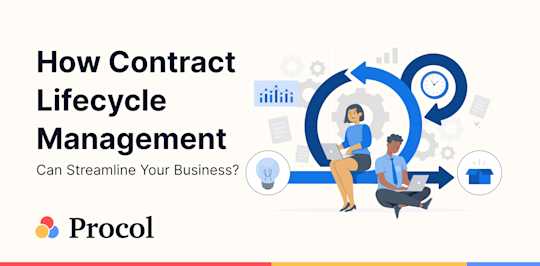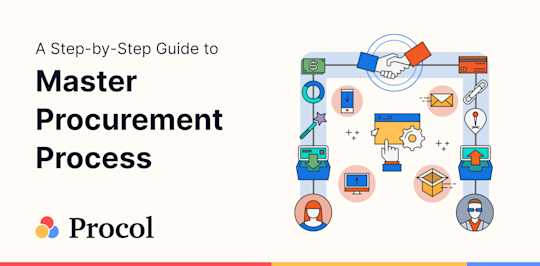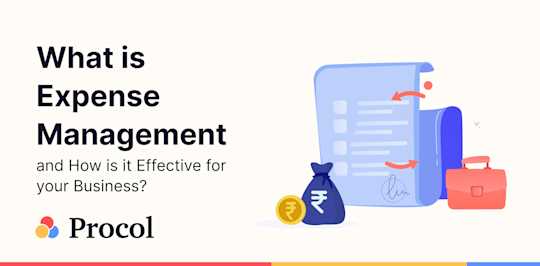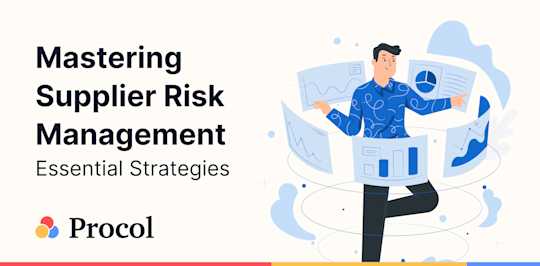Best Methods for Optimising RFQs to Ensure Procurement Success
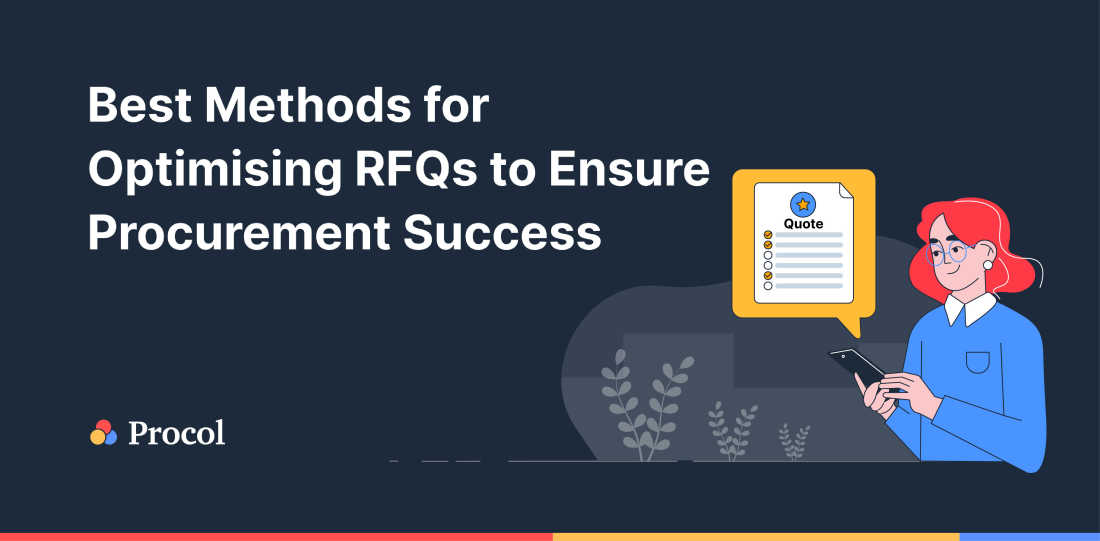
Introduction
The Request For Quotation (RFQ) process in procurement refers to a competitive bid document issued by buyers to invite contractors and suppliers to submit price bids for the required products. An RFQ clearly states the buyer’s requirements so that suppliers can provide competitive bids for the required quantities.
Organisations can derive more value by optimising and streamlining the RFQ process using a procurement solution for strategic and operational procurement. With the simple process of creating an RFQ template along with additional lean management strategies, companies can significantly boost savings and enable digitisation across business units.
RFQ Advantages and Pitfalls
RFQ is the first step in direct sourcing. When an organisation sends out RFQ to a vendor, it automatically means that it trusts the vendor concerning quality and delivery timeline. The suppliers will also be willing to send responses to RFQs.
Advantages
- Buyers know where the goods are coming from through a detailed RFQ.
- Buyers can choose the suppliers to send out RFQs, thus limiting the time taken for the selection process.
- The procurement process is expedited as no solicitation documents are required, and there is no need for advertisements.
- Suppliers can be directly notified of the deadline for quotation submission.
Pitfalls
- As the buyers can determine the list of vendors to send RFQ invites, there is a possibility for bias.
- Supplier competition is limited, resulting in fewer options for selection.
- Possibility of abuse of the RFQ process.
- Global suppliers may not be considered for RFQs, resulting in a potential loss in savings.
Types of RFQ
Depending on the type of bids invited, there are different types of RFQs:
* Open Bid
The bids are open for all vendors to see during the submission period. Vendors are allowed to change their bids till the end of the submission time.
* Invited Bid
RFQs are sent only to a select list of vendors, and they are invited to place both sealed and open bids.
* Sealed Bid
RFQ are sent out to potential vendors, but they are opened only after the submission deadline. This is common in public and government procurement.
* Reverse Auction
Suppliers participate in a reverse auction and quote their lowest bid. The cost decreases as the auction proceeds. This unconventional RFQ is used when buyers cannot find vendors who can match the price target.
Steps Involved in RFQ Implementation
A streamlined RFQ process using procurement software will ensure the entire procurement team knows each stage. It also eliminates confusion among the employees with the power to buy. The following are the steps involved in RFQ:
1. RFQ & Document Preparation
Before issuing an RFQ, buyers must determine the requirements, including the type and number. With better preparation, an accurate and detailed RFQ can be created. When a template is issued to vendors, they can provide the necessary details accurately, making it easier for the sourcing team to select the suppliers.
While the actual RFQ documentation is prepared, buyers must also determine the type of RFQ and the submission deadline. More importantly, the procurement team should have prepared a list of suppliers.
2. Adding Additional Information to RFQ
RFQ aims to elicit appropriate responses from vendors that can benefit the buyers. Including additional information such as a business overview, general terms and conditions, and an appropriate introduction and summary will make the RFQ more comprehensive. The sourcing team should also decide on the selection criteria, scoring weightage, and prequalification requirements for vendor selection.
3. Issuance & Management
Once RFQ documentation is ready, it must be sent to potential suppliers. Usually, RFQs are sent to a limited number of suppliers (generally 8), but this varies depending on the procurement requirements. Suppliers will take a few days to weeks to respond to RFQs. When an automated procurement solution is used, the time taken to receive a response reduces dramatically.
4. Vendor Selection
Once the submission deadline has passed, buyers should select vendors based on the earlier preparation. Usually, a pricing table will be ready at the buyer’s end, and each vendor quote will be compared against it. A score will then be allocated to vendors based on their bids. The selection team must have a list of qualified bids, measurable selection criteria, and a bid winner.
5. Contracting Vendor
Once the winning bid is chosen, the buyer must notify the vendor and offer a formal contract. The procurement contract can be signed when both parties agree on the terms and conditions. It is also a good practice to notify other vendors that a winning bid has been chosen.
Why Are eRFX Tools Essential For Optimising Procurement?
A RFQ is not the only document needed for sourcing. Depending on the procurement needs, buyers may send a Request For Information (RFI) to request information from suppliers. Vendors may supply a Request For Proposal (RFP) to include their bids and quotes for the required products. Strategic eRFX processes offer the following benefits:
- Improved business sustainability and continuity.
- Increasing sourcing efficiency to align with business objectives.
- Expedite the procurement process with improved collaboration for RFQ, RFI, and RFP.
- Reduced manual labour by automating repetitive sourcing tasks.
- Increased transparency and accountability in the bidding and selection process.
- More scope for procurement savings with competitive positioning.
Conclusion
The multistep RFQ process involves manual preparation and sorting, which is time-consuming. Automating the process with eRFX tools and procurement software will greatly help organisations cut down the time spent in sending and receiving documents. It will also help suppliers communicate efficiently, increasing vendor competition.
Procol is a leading procurement software that helps organisations automate RFQ and other procurement processes. Schedule a demo to optimise your organisation’s sourcing process.
Get a Free Demo
We'd love to hear from you. Please fill out this form to schedule a demo with us. You can also give a call on +91 76666 82222
